July 4, 2017
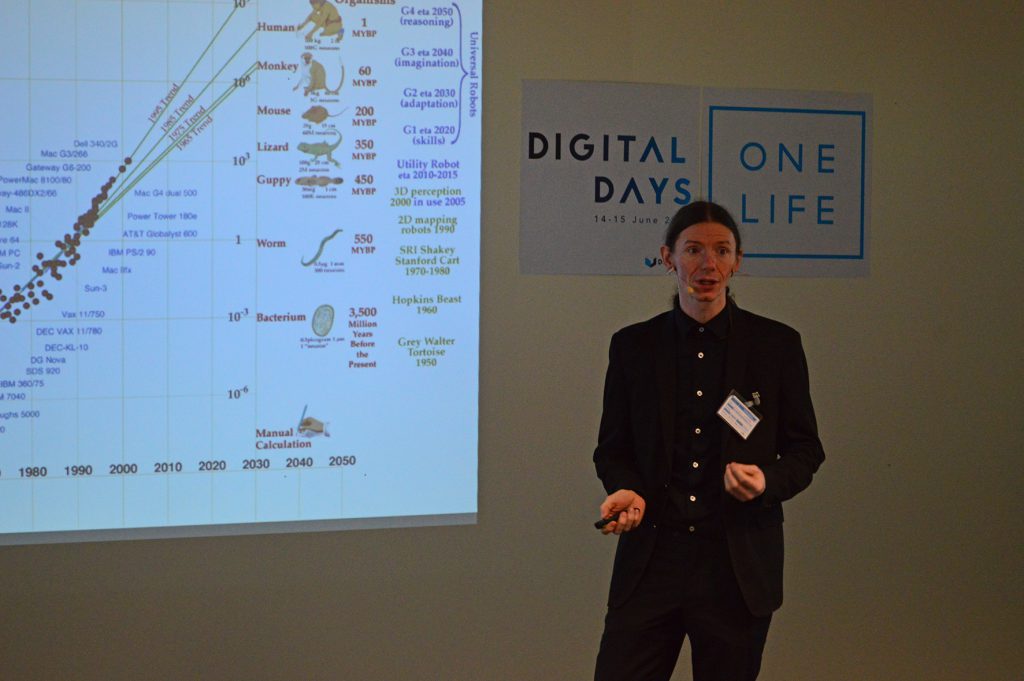
In different groups, the OneLife teams were given a presentation by Christophe Hermanns, CEO of Vigo Universal, and one of Belgium’s pioneers in the development of high-technology tools to help man in his day-to-day activities. “We have all of us heard about these new technologies, in the media or on the social networks. I’m thinking in particular of gesture recognition, virtual reality or 3D printing. In 2020, we can look to the existence of more than 50 billion connected objects. Watches, toothbrushes, etc., all of this will become connected,” were the opening words of Christophe Hermanns, who went on to point out that: All these technologies are merely evolving from instruments which today we can hold in our pockets: smart phones”. Christophe Hermanns, drawing on his technological expertise, pointed out that the capabilities, intelligence and power of computers have evolved very rapidly. In 1965, people thought that computers would attain the intelligence of a monkey in 2030… Whereas in fact it will attain the intelligence of a human as early as 2025!
“Nowadays, people no longer perform the job for which they were trained. People are continuing to develop steadily, and new job profiles and skills are emerging. As an example, when a doctor qualifies, 30% of his knowledge is already out of date,” remarked Christophe Hermanns.
This draws an obvious parallel with the world of work and with the digital transformation in all sectors: businesses and their staff have constantly to re-examine themselves, innovate and develop their skills. It is admittedly difficult to anticipate the future, but the Gartner consultancy, via its Hype Cycle, visualises each year technologies which are in process of emerging, and identifies the point when they enter our everyday life: this is the productivity plateau. Christophe Hermanns later dwelt on several technologies which are poised to revolutionise our working methods, our ways of interacting with our clients and partners, or the ways of promoting our services. At our company’s Capellen premises in Luxembourg, the OneLife teams were afforded the opportunity of seeing these technologies at close quarters and thus gaining new digital experience at first hand.
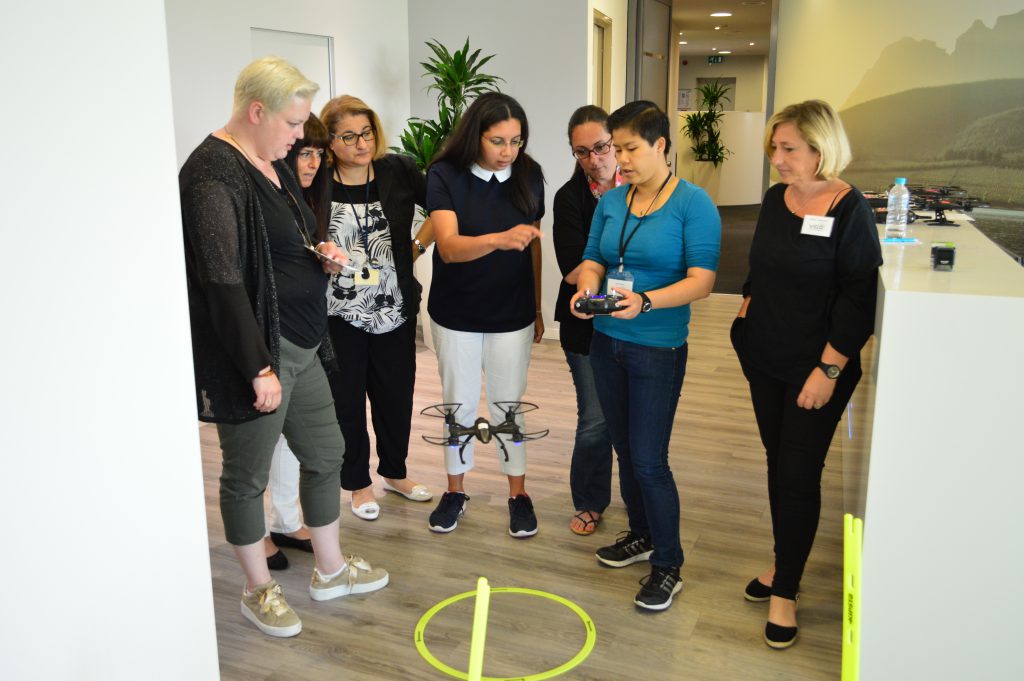
Technologies that reshape our daily lives
“The 3D printing sector is growing fast. This method, which has existed since 1984, was popularised only in the early 2010s with the possibility of printing via the Internet”, explained Christophe Hermanns. What are its uses? Modelling for marketing departments and architects, but also for heritage conservation and in medical uses. Some of these uses are not as yet sufficiently industrialised and will require a few more years before they become democratised.
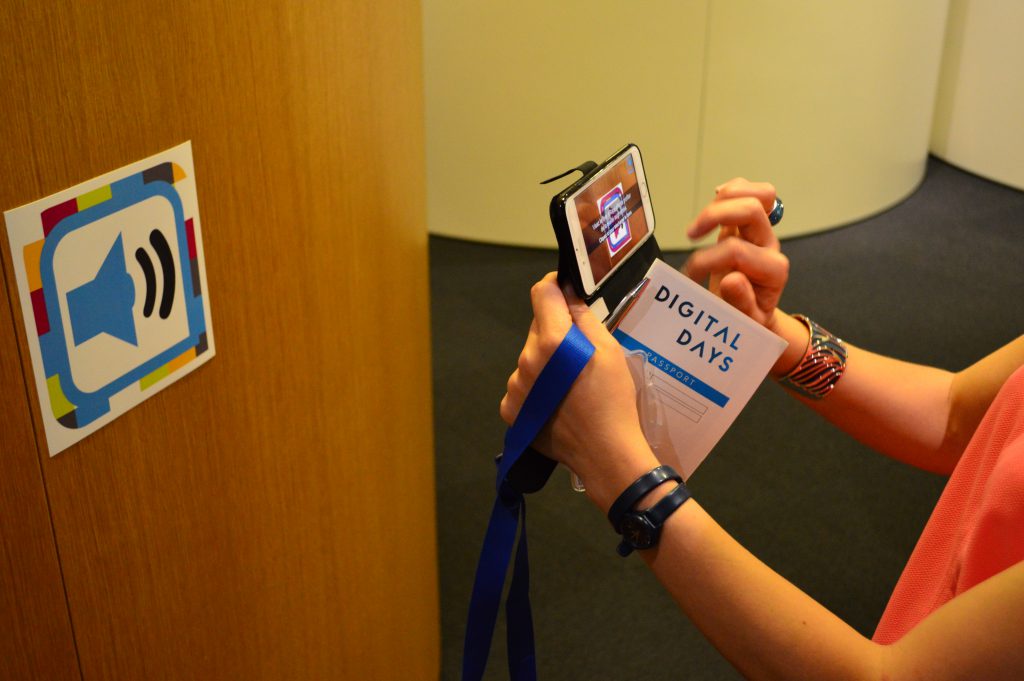
As Vigo Universal’s CEO pointed out, people were already speaking of Augmented Reality in 1962. However, it only achieved prominence in 2015 with the more widespread use of the smart phone but, above all, with the doubtless fleeting, but effective trend of Pokemon Go. The sensors, gyroscope and other digital components of our smart phones enable us today to capture and analyse an image, and to sublimate its environment. “Paradoxically, paper is benefiting from this technology today. This is true of marketing brochures to which can be attached PDFs, videos, etc. Paper is becoming dynamic and interactive,” explained Mr Hermanns.
Virtual reality, on the other hand, was popularised by the Matrix saga, whose characters were immersed in an entirely synthetic universe. “This technology uses a headset and gives a different vision of the world. Many companies are developing software for the worlds of finance or training and yet, for the origins of VR, one needs to go back to 1787, with projections creating a virtual universe,” he remarked. This technology is already used in the medical field to treat certain phobias; it is also used to create applications yielding new experiences for clients and partners.
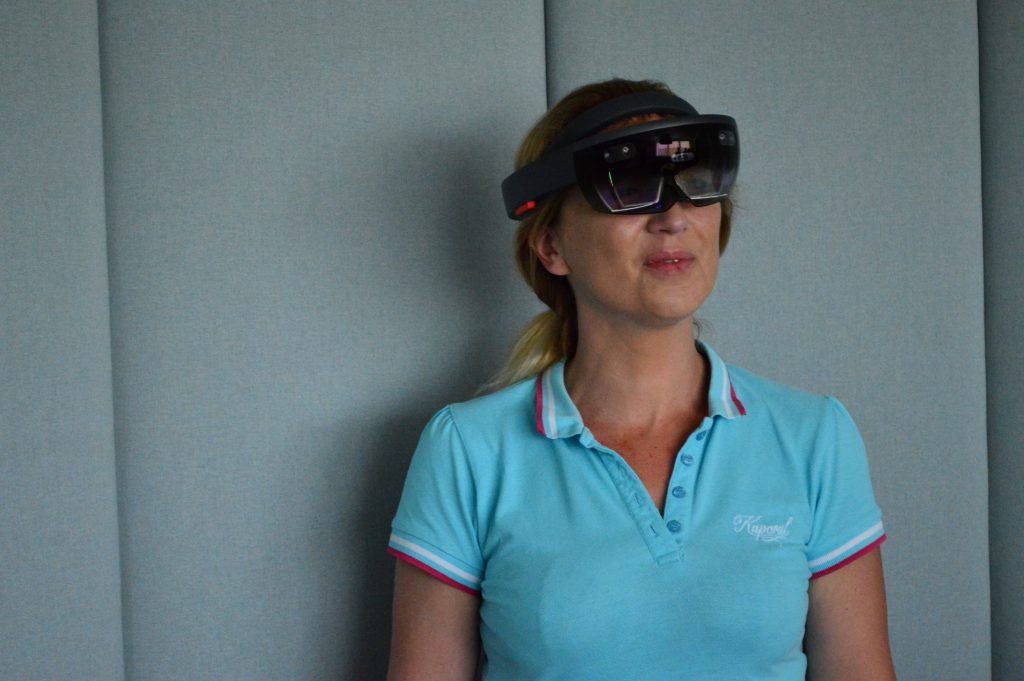
Marketing and finance also benefit from Gesture Recognition, another technology discussed by Christophe Hermanns. Initiated by start-ups, advocated by Microsoft and then popularised by Apple, gesture recognition is developing at an equivalent pace in Europe, Asia or the United States. Lastly, the new-technology specialist dwelt on Mixed Reality, which has the advantage over virtual reality of the user being able to continue interacting with the world around him. “This is the most advanced and sophisticated technology. The cameras in your headset, glasses, or later lenses, measure the whole of the environment around you. This technology has remarkable implications in particular for the training sector,” he added.
Christophe Hermanns concluded by saying that “we must now make a choice, carefully selecting the information available to us”. He also sought to reassure: technology – and digital technology – in no way disrupt interpersonal relationships; quite the reverse, they create new experiences and break down barriers. They encourage exchanges and sharing, in a more intuitive way. “These new business tools are entering our everyday life and will quite obviously cause radical change in the banking and insurance sector,” concluded Christophe Hermanns.
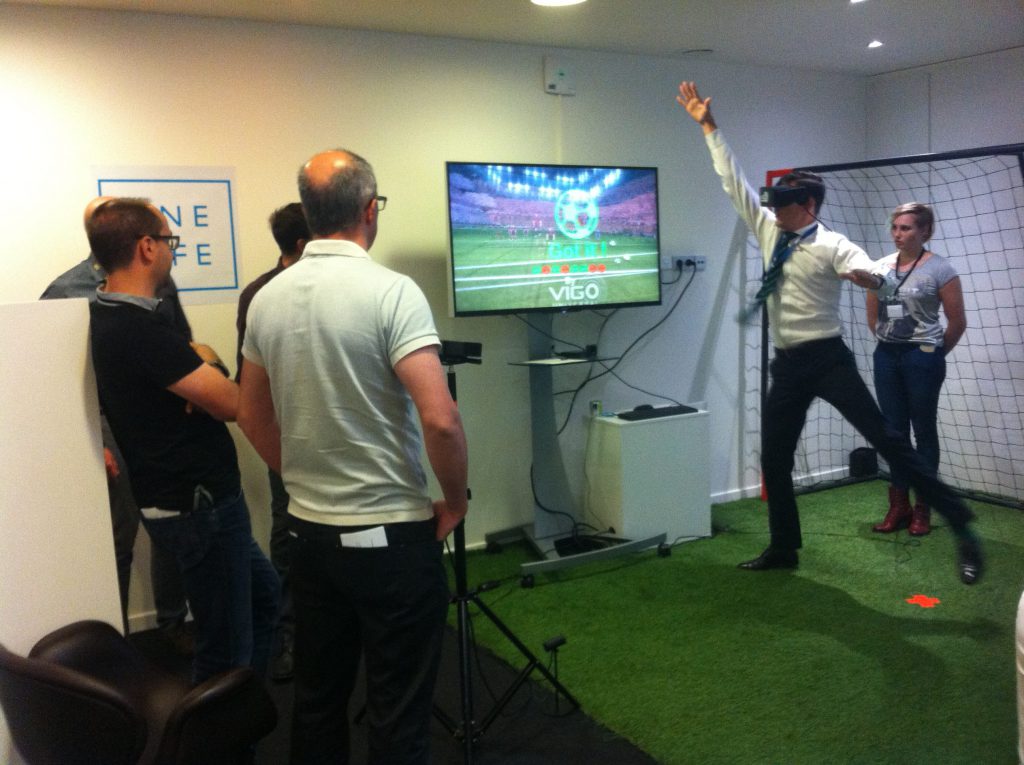
Experience through play
These two days also provided OneLife’s 150 staff with hands-on experience of implementing the technological innovations described by Vigo Universal’s CEO. The Belgian company’s teams provided several workshops for the life-assurer’s employees through a 100% digital journey in the reception area. The programme included piloting drones, a virtual-reality football game and, among others parachute jumping or a shoot-up in a Wild West saloon. “The experience of using augmented- and virtual-reality headsets staggered everyone: WOW!” exclaimed Nathalie Calabrese. Steven Cooney could not but confirm: “I am bowled over; these technologies are very realistic”. Using Hololens headsets, the OneLife staff were able, among others, to rediscover the solar system through augmented reality. “What was most worthwhile was having hands-on experience of these technologies. As an IT developer, I knew these technologies although I have not necessarily had the opportunity to test them,” added Philippe Polydore. “We are not all geeks,” remarked a jesting Nathalie, adding: “I think that 90% of us have never even had the opportunity of trying out these technologies and have simply learnt about them on TV or social networks. Now, we can understand the extent of their usefulness in our professional world”. To end up with, a 3-D Printing workshop was on the programme.
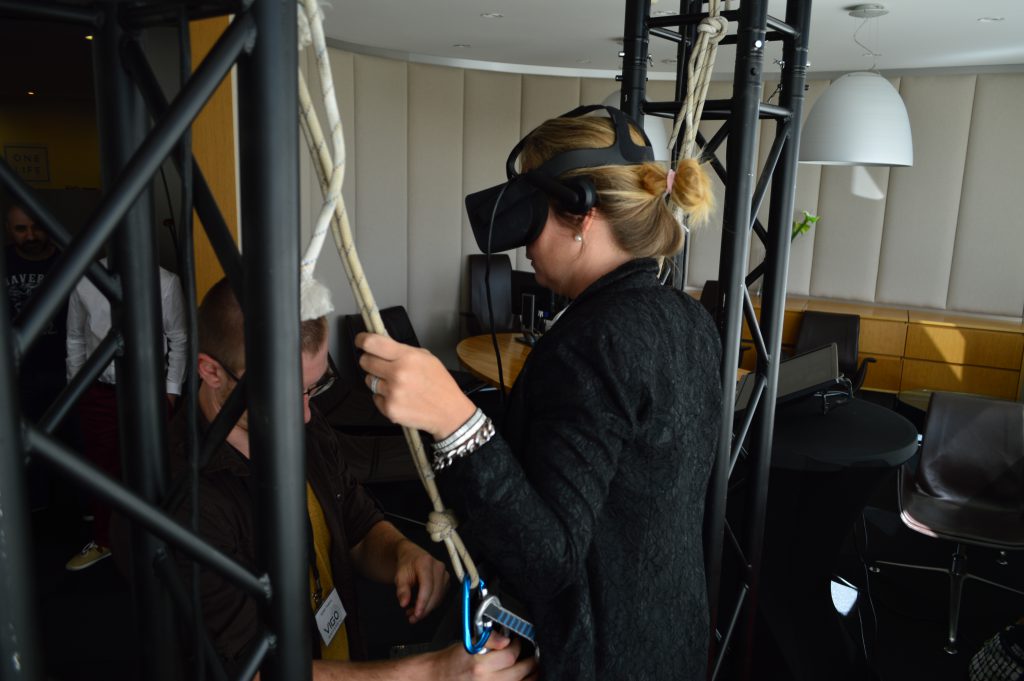
For Liana Aghabekyan, these two days had a strong impact, developing awareness in all the staff of the direction OneLife is taking. Liana added, “Now, no longer can anyone view the management’s decisions with scepticism”. Thus, staff emerged from this first year’s Digital Days session with their horizons widened. “The company’s organising of this in-house event proves that it is open to new technology, which marks a major advance for a life-assurance company since, in the past, this did not necessarily reflect the mentality in the profession,” explained Philippe Polydore. “All these experiences were highly instructive, as were the presentations. We have been given a clear vision of what digital technology contributes to the life-assurance business, and of the pace at which our business practices are changing. It is also very encouraging to see that all staff took part and contributed to the proceedings at this first year’s Digital Days session,” concluded Nathalie Calabrese.
